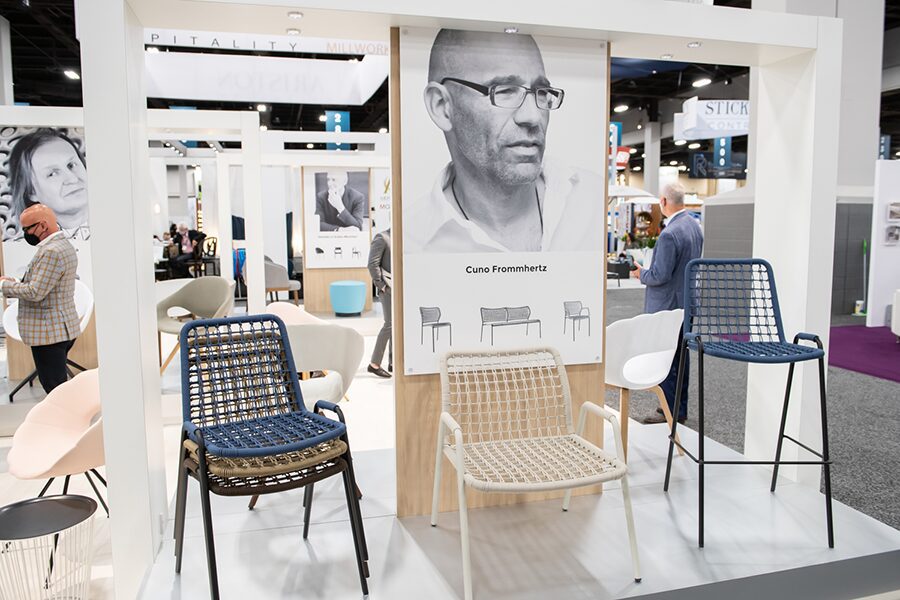After a lengthy painful period, hotel real estate is shifting to revitalization across the Americas. Jones Lang LaSalle Hotels has upped its outlook and projects that hotel transaction volume will reach up to $13 billion in the Americas region in 2011. The United States will be one of the most active hotel transaction markets globally this year. As investors unleashed pent-up capital, deal volumes increased dramatically in 2010. Equity-rich buyers wasted no time getting back into the game. “Transaction volumes gained momentum as the year progressed and are on track to total $10.5 billion in 2010-nearly five times the prior-year levels when including the Extended Stay America acquisition-with 95 percent of total Americas deal activity taking place in the United States,” says Arthur Adler, managing director and CEO-Americas for Jones Lang LaSalle Hotels.
Transaction pace is expected to notch up another 25 percent in 2011, with volumes totaling up to $13 billion. “Due to additional capital raises, REITs are expected to continue to be dominant buyers in 2011, and private equity groups and institutional investors will increasingly join the mix as leverage levels and terms improve. The expanded depth of active buyer groups along with a greater number of lender-driven sales are the key drivers behind our increased projection for deal volume,” Adler says.
Big-ticket sales are back, and due to the abundance of equity in the marketplace and slowly easing debt markets, the number of transactions above the $100 million mark is expected to tick up further in 2011. “One of the re-emerging sources of capital in 2011 will be the outflow of capital from the Middle East. Having faced dislocation at home over the past 18 months, Middle Eastern investors will again vie for prime acquisition opportunities in East Coast markets. Asian high-net-worth investors, which accounted for 8 percent of purchases by volume in the United States in 2010, are expected to continue to feature in 2011, targeting prime assets in major markets, primarily in the western U.S.,” says Adler.


